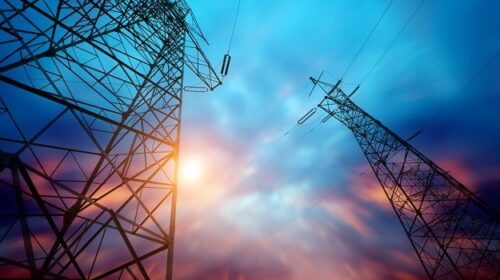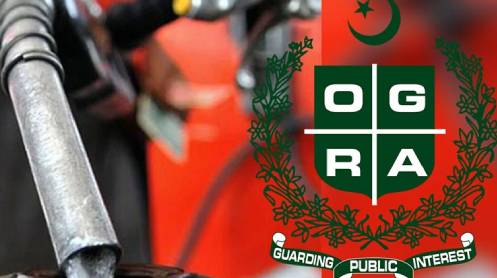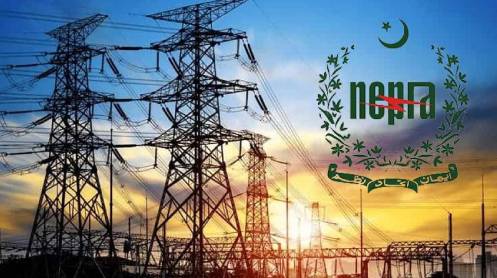The government has formally decided to supply electricity at a rate of 9 cents per kWh and RLNG at $9 per MMBtu without any disparity to
zero-rated five export-oriented sectors across the country for existing connections till end-June 2023, The News has learnt.
Textiles including jute, leather, carpet, surgical, and sports goods will get the energy at regionally competitive rates to reduce the cost of manufacturing and enhance exports. Around 65 percent of Pakistan’s exports come from these five sectors.
The Federal Cabinet approved these rates on August 5, 2022 after the Economic Coordination Committee (ECC) of the Cabinet approved them late last month.
For the Punjab-based industry that uses indigenous gas, the proposal of raising tariffs and fixing it at Rs1,350 per MMBtu for the export-oriented sector Rs1,550 per MMBtu and for the general industry was turned down.
The government would review these subsidies on a quarterly basis.
The subsidised RLNG tariff will take effect from July 1, 2022 till the end of the fiscal year 2022-23, while the electricity tariff from August 1, 2022 to end-June 2023.
Earlier in the last fiscal year, the subsidised power tariff for the export-oriented sector was also 9 cents per kWh, but the RLNG tariff was $6.5 per MMBTU, which has now been increased to $9.
This facility could prove a launching pad for these sectors to boost up overall exports. In the fiscal year 2021-22, total exports increased 25.64 percent to $31.79 billion compared to the fiscal year 2020-21.
The Finance Division, during the ECC meeting held on July 25, 2022, had informed the committee that the cost of providing subsidised electricity and gas for the fiscal year 2022-23 would be Rs20 billion and Rs40 billion, respectively.
“The government already has reached an understanding with the IMF to stay within the allocated budget amounts,” an official source told The News.
It is important to highlight that Sui Northern Gas Pipelines Limited (SNGPL) purchases LNG from Pakistan State Oil and Pakistan LNG Limited, which procure the gas from international suppliers.
According to the Finance Division, in case of any additional funding requirements, the matter will have to be discussed with the IMF, in consultation with the Ministry of Energy.
Since the Fund normally does not provide space for incremental support, the Ministry of Energy will keep a vigilant eye on the required amount of subsidy implications vis-à-vis the budgeted amount on monthly basis and make recommendations for re-adjustment of the subsidised rates on a quarterly basis accordingly.





